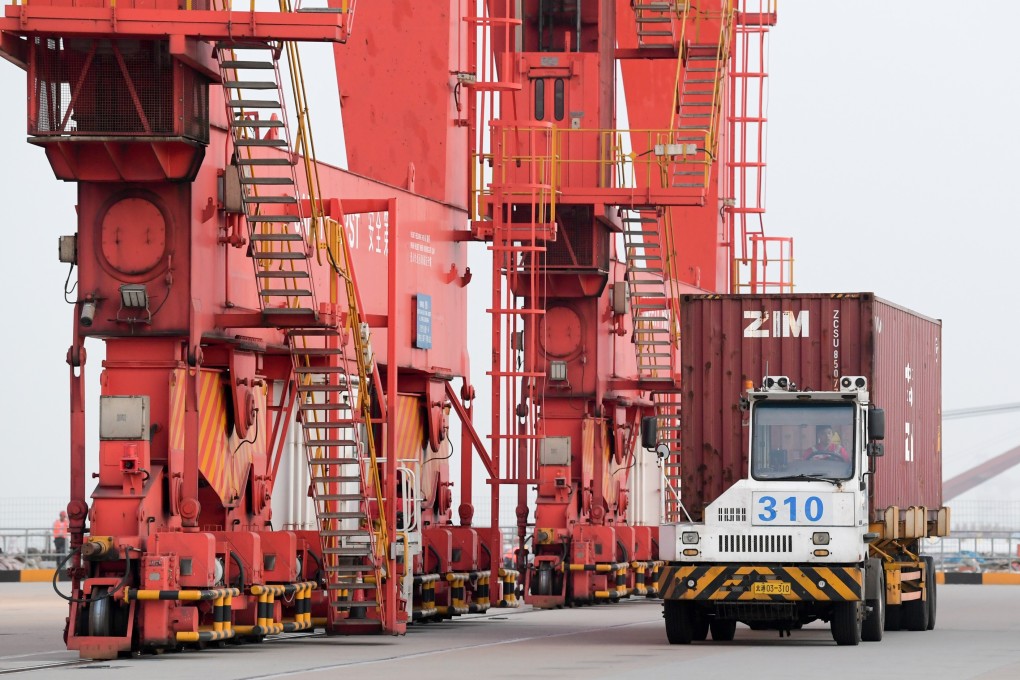China’s regional economic gap widens as more than one-third of provinces fall short of growth targets
- Official data showed poorer provinces grew at slower rates in the first nine months of the year, while wealthier coastal provinces were more resilient
- Regional disparities have been exacerbated by domestic structural issues and the fallout from the trade war with the United States

More than one-third of China’s provinces have so far failed to meet this year’s growth targets as the economy continues to sputter under the weight of domestic structural issues and the fallout from the trade war with the United States.
Official data also showed that traditionally poorer regions suffered the most, while the wealthier coastal provinces were more resilient to economic headwinds, underlining that China’s economic slowdown is exacerbating the wealth gap between regions.
Liaoning, which had aligned itself with the national growth target of 6 to 6.5 per cent, grew only 5.7 per cent in the first three quarters. Heilongjiang expanded by 4.3 per cent, shy of its 2019 target of more than 5 per cent. Meanwhile, Jilin recorded a mere 1.8 per cent growth rate, well short of its target in the 5-6 per cent range.
The structural problems will also show in all aspects of the economy, whether it is consumption or investment.”
Others that fell behind their targets were eastern Shandong province, southern Hainan and Guangxi, northern Shaanxi, as well as traditionally poorer regions of Tibet and Qinghai. Data for Xinjiang and Hebei are not yet available.